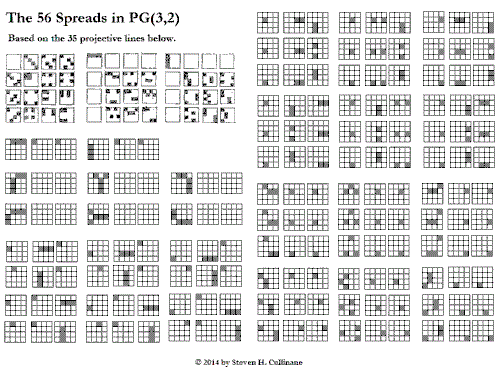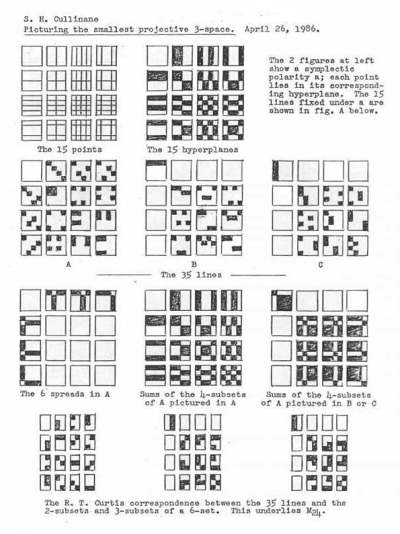Princeton University Press on a book it will publish in March—
Circles Disturbed: The Interplay of Mathematics and Narrative
"Circles Disturbed brings together important thinkers in mathematics, history, and philosophy to explore the relationship between mathematics and narrative. The book's title recalls the last words of the great Greek mathematician Archimedes before he was slain by a Roman soldier— 'Don't disturb my circles'— words that seem to refer to two radically different concerns: that of the practical person living in the concrete world of reality, and that of the theoretician lost in a world of abstraction. Stories and theorems are, in a sense, the natural languages of these two worlds–stories representing the way we act and interact, and theorems giving us pure thought, distilled from the hustle and bustle of reality. Yet, though the voices of stories and theorems seem totally different, they share profound connections and similarities."
Timeline of the Marvel Cinematic Universe — Norway, March 1942—
"The Red Skull finds the Tesseract, a cube of strange power,
said to be the jewel of Odin’s treasure room, in Tonsberg Norway.
(Captain America: The First Avenger)"
Tesseracts Disturbed — (Click to enlarge)

Detail of Tesseracts Disturbed —

Narrative of the detail—
See Tesseract in this journal and Norway, May 2010—
The Oslo Version and Annals of Conceptual Art.
"Oh, what a tangled web we weave…"






